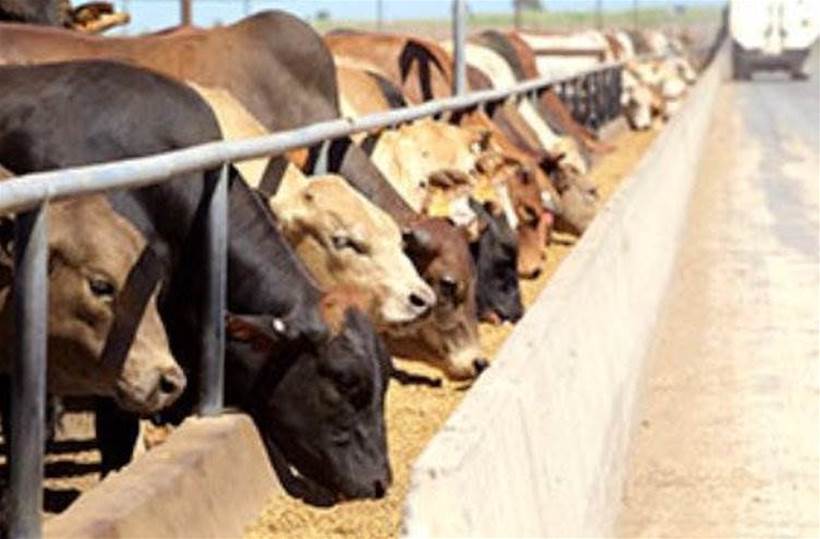Meat & Livestock Australia (MLA), a not-for-profit organisation providing R&D and marketing services to Australia’s red meat industry, has teamed up with Aerodyne, a Melbourne-based provider of drone-based services, to investigate the use of autonomous drones and sensors on farms.
The ultimate aim of the two-year project is to develop solutions that run as a ‘silent service’ – removing the need for producers to be tethered to the drones and other automated sensors that capture, analyse and report data, according to the partners.
The MLA says project forms part of its wider ‘unmanned’ strategy to develop and implement fully autonomous solutions for the benefit of its 50,000-plus members in the Australian livestock-producer industry.
It will look at the role of automation and value-chain technologies in supporting livestock health, crop management, farm productivity and real-time weather sensing.
The MLA’s general manager research, development and innovation Sean Starling said the organisation had three clear roles in the development and deployment of autonomous systems for the red meat industry: “Firstly to demonstrate what they can be used for, secondly to develop platforms, sensors and algorithms, and finally to ensure that when all of these components are combined they offer a fully autonomous solution that we call a silent service.
“Having producers at the controls of unmanned vehicles is not viable in the long-term, and it doesn’t add value to their productivity. We believe that Aerodyne provides expertise in all these areas.”
MLA and Aerodyne say that following extensive industry input, they have developed a schedule of nine key focal points for the first program of works that includes:
- Fence monitoring – autonomous sensing and software to identify and categorise damage
- Herd location – developing algorithms to measure herd behaviour, distribution and movements
- Bull tagging – using smart tags to ascertain bull location in relation to a herd
- Weed location – autonomous sensing to identify weeds (particularly those hazardous to cattle), and software algorithms to provide advanced analytics and prescribed preventative data
- Feral animal control – identification and analysis of pests and feral animals
- Feedbase monitoring – developing algorithms to sense and categorise ground coverage and produce detailed pasture analytics and reports
- Water monitoring – developing sensors and algorithms to autonomously measure tanks, troughs, rivers and dams; and identifying dead stock, water diseases and bogged animals
- Feedlot – a reporting system that can make suggestions for water time, feed time, isolation and growth factors
- Tagless ID – a system for reliable identification of non-tagged animals.
The MLA is something of a pioneer in the use of IoT. In September 2017 the organisation was recognised by Hitachi Vantara as the winner of its first annual Hitachi Transformation Award, at its NEXT 2017 event in Las Vegas as “a leading company that is transforming their businesses in new and innovative ways, with the support of Hitachi group solutions.”
Stirling said the MLA was using Hitachi’s sensor-driven data collection and process analytics to “assist Australia’s red meat industry to identify their own processes and pain points along the whole value chain to better manage, measure and improve supply chain operations as far as on-farm operations and down to individual animals.”
Hitachi Vantara president and COO, Brian Householder, said: “Through data analytics and driving IoT-led decision-making, MLA is helping foster the productivity and profitability of the Australian red meat and livestock industry.”







